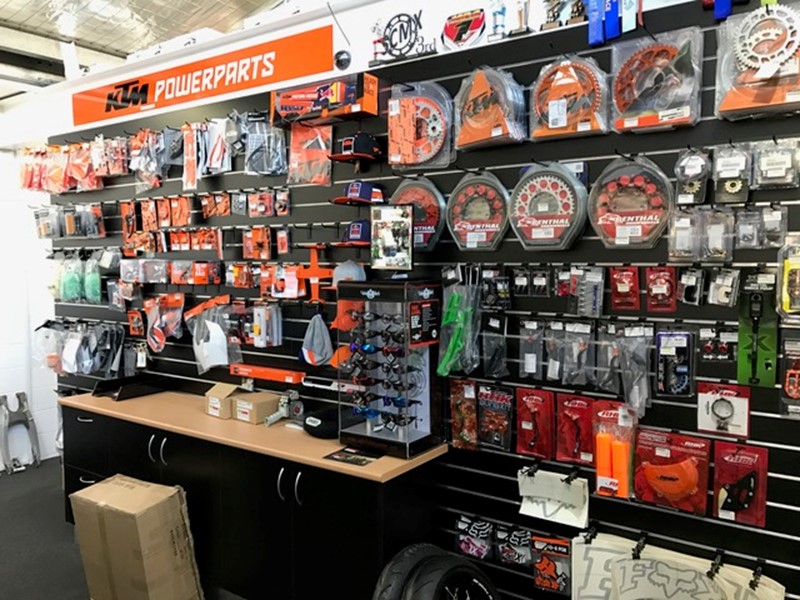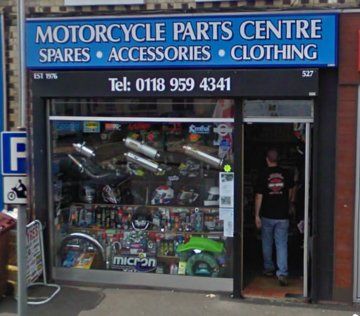See Our Motorcycle Shop for Expert Recommendations and Quality Products
See Our Motorcycle Shop for Expert Recommendations and Quality Products
Blog Article
Understanding the Crucial Parts of a Motorbike: A Comprehensive Overview for Lovers
For bike fanatics looking to elevate their riding experience and ensure their bikes run efficiently, comprehending the essential components of a motorcycle is vital. Each aspect, from the engine's complex workings to the crucial role of the braking mechanisms, not just impacts efficiency yet additionally safety and comfort.
Engine Parts

The camshaft plays a vital role in regulating the timing of the engine's shutoffs, making certain the accurate opening and closing essential for efficient fuel and air consumption, along with exhaust expulsion. This timing is crucial to maintaining ideal engine efficiency and effectiveness. Additionally, the carburetor or gas shot system, relying on the motorbike design, is accountable for blending air with gas in the appropriate proportion for burning.
The cooling system, either air or liquid-based, functions to preserve the engine's temperature level within functional limits, stopping overheating and guaranteeing durability - motorcycle parts nz. Each part, thoroughly made and incorporated, adds to the seamless operation of the engine, specifying the bike's power result and total performance
Transmission System
Essential to the motorbike's performance, the transmission system guarantees reliable power transfer from the engine to the wheels. This system consists of numerous crucial parts, including the clutch, gearbox, and final drive, each playing a crucial role in converting the engine's power right into movement. The clutch, normally run by a hand lever, serves to involve and disengage the engine from the transmission, permitting smooth equipment modifications and regulated acceleration.
The gearbox, commonly described as the transmission appropriate, consists of a set of equipments that riders can manually move with to change the bike's rate and torque output. These gears are prepared in a series that allows the motorbike to increase efficiently and preserve optimal engine efficiency throughout different rates. Most bikes make use of a consecutive gearbox, needing the motorcyclist to change equipments in an established order.
Braking Mechanisms
While understanding the transmission system is essential to utilizing a motorbike's power, equally vital is the ability to control and quit that power properly, which is where braking mechanisms come right into play. Brakes are important for safety and efficiency, offering the biker with the essential control to navigate various surfaces and conditions. Generally, bikes feature two types of braking systems: disc brakes and drum brakes.
Disc brakes are extra common in modern-day bikes due to their superior efficiency. They include a brake disc, caliper, and pads. When triggered, the caliper presses the brake pads against the rotating disc, converting kinetic energy into warm, thus slowing the wheel. This system offers much better warmth dissipation, consistent efficiency, and improved quiting power, particularly in damp conditions.
Alternatively, drum brakes, though much less usual, are still located in some motorcycles. They function by pressing brake footwear versus the internal surface of a drum affixed to the wheel. While usually less efficient in warmth dissipation and quiting power, drum check my reference brakes are simpler and a lot more cost-efficient.
Understanding these braking systems' nuances enables cyclists to keep their motorcycles correctly and value the engineering that makes sure secure and reliable quiting.
Suspension and Guiding
Suspension and guiding systems are vital parts that considerably influence a motorbike's handling and experience comfort. The suspension system, including forks at the front and shock absorbers at the back, takes in roadway abnormalities, boosting stability and control. Front forks, typically telescopic or inverted, compress and rebound to alleviate impacts, while back shock absorbers maintain tire call with the roadway, crucial for traction and safety and security.
Guiding, focused around the handlebars, links the biker to the motorbike's directional control. The steering head bearings guarantee smooth operation, enabling accurate maneuverability. Correct positioning and upkeep of these bearings are vital for foreseeable guiding reaction and minimizing biker fatigue.
The suspension's adjustability is an additional crucial element; preload, damping, and rebound settings allow modification to match various riding conditions and designs. This versatility is essential for enhancing performance, whether browsing urban roads or taking on tough trails. Technologies like digital shock absorber provide real-time adjustments, improving ride high quality across varied terrains.

Electric Systems
After making certain a smooth and controlled experience via effective suspension and steering systems, interest turns to the electrical systems, a crucial facet of modern motorcycles. These systems play a critical role not just in starting the engine but likewise in powering numerous components that improve the functionality and safety and security of the motorcycle.
At the heart of a motorbike's electric system is the battery, which stores electric energy required for starting the engine and powering supporting systems - mx gear nz. The generator or generator, combined with the rectifier-regulator, guarantees the battery continues to be charged while the bike is in procedure, converting power into electric power and keeping voltage levels
The ignition system, an additional vital element, is in charge of firing up the air-fuel combination in the engine's cyndrical tubes. Modern bikes frequently utilize a digital ignition system, providing better effectiveness and reliability more tips here compared to conventional systems.
Lights systems, including fronts lights, tail lights, and indications, are also crucial, ensuring visibility and security for the biker. Added digital elements such as sensors, control devices, and shows contribute to advanced attributes like fuel injection administration, anti-lock braking systems (ABDOMINAL), and digital control panels, better improving the riding experience.
Conclusion
A complete comprehension of a motorcycle's necessary components, including the engine, transmission system, braking mechanisms, suspension, steering, discover this info here and electric systems, is important for lovers aiming to maximize security, convenience, and efficiency. Mastery of these components enables educated choices pertaining to maintenance and upgrades, ultimately enhancing the riding experience. By incorporating this expertise, riders can ensure their motorbikes run at peak efficiency and reliability, therefore optimizing both pleasure and long life of their lorries.
For motorbike lovers looking to raise their riding experience and ensure their bikes run efficiently, understanding the important elements of a motorcycle is vital.Important to the motorcycle's performance, the transmission system ensures reliable power transfer from the engine to the wheels.While recognizing the transmission system is vital to taking advantage of a bike's power, just as vital is the capability to regulate and quit that power properly, which is where braking devices come right into play. Generally, motorcycles feature 2 kinds of stopping systems: disc brakes and drum brakes.
A comprehensive understanding of a bike's vital parts, including the engine, transmission system, braking mechanisms, suspension, steering, and electrical systems, is indispensable for lovers intending to maximize safety and security, performance, and convenience.
Report this page